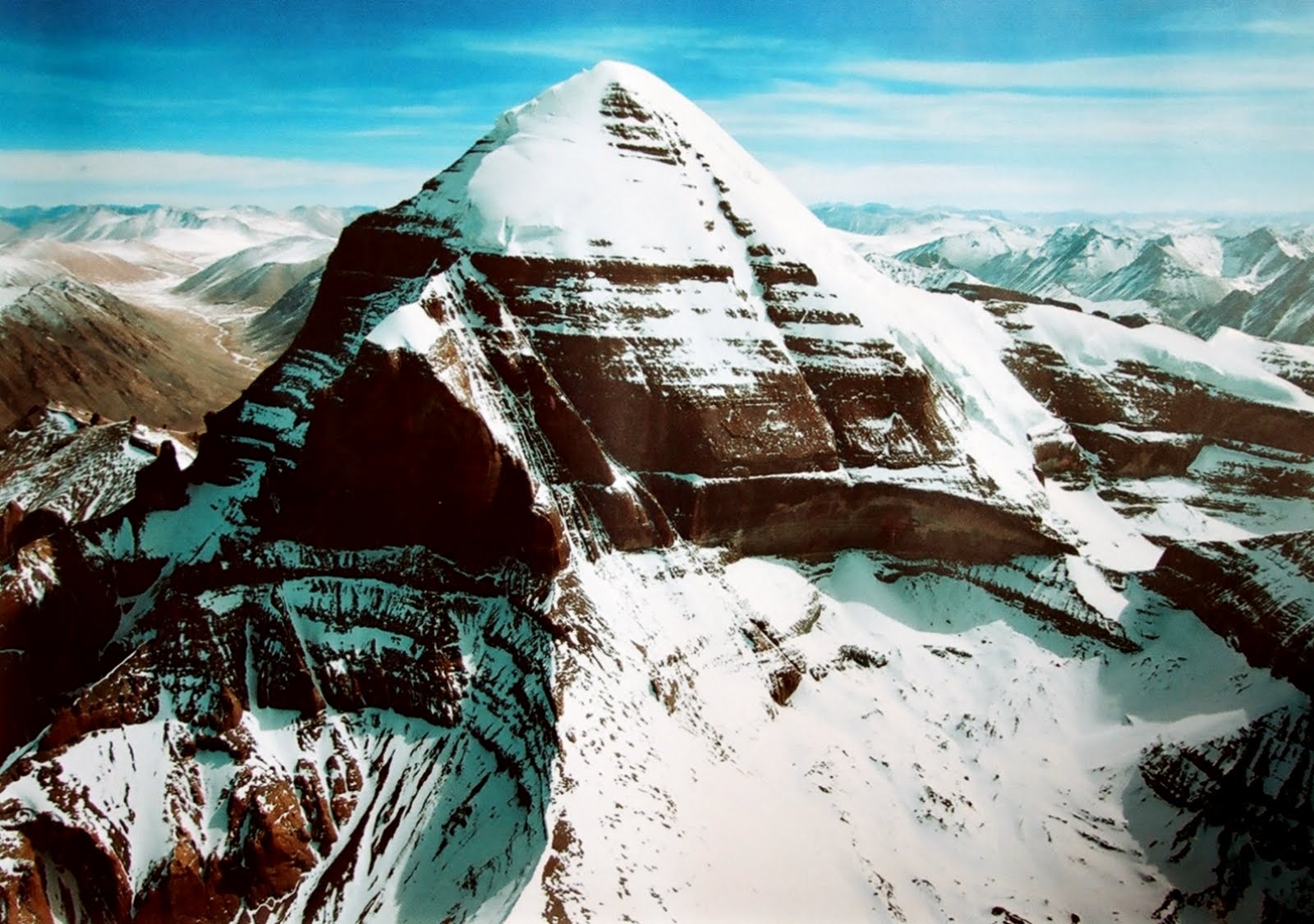Nepal, the land of the Himalayas, is a place full of amazing things. In the remote mountains of Nepal, you can find a special kind of honey. This honey is not like the regular honey you spread on your toast; it’s called “Mad Honey” because it can make you feel funny and even lose consciousness if you eat too much.

What makes this honey so special and a little bit “mad” is that the bees that make it live in the largest beehive in the world. These bees can be as long as three centimeters. They collect honey from flowers that have some special toxins in them. These toxins can make you see things that aren’t there, like in a dream.
But getting this honey is no easy task. Only the local people of Nepal can do it, and they take a big risk. Going to where the bees live is really tough. They have to climb a very steep hill that takes about four hours. They make ladders out of wild vines that reach up high into the trees.
They carry a 25-foot-long bamboo stick and a knife to cut the beehive. To protect themselves from the bees, they wear heavy clothes that cover them from head to toe. They even wear a helmet made of mosquito nets to keep their face and eyes safe.
As they get closer to the beehive, the bees get really angry. That’s because they use smoke from a fire to keep the bees away, and the bees don’t like it. Being so close to the bees is very dangerous, but these brave people do it anyway.
By using this method, they can collect a lot of honey – about 100 to 200 gallons in just three days. The local people love this honey, and there’s a big demand for it. But because this job is so dangerous and doesn’t make much money, many people are starting to stop doing it.
So, while the Mad Honey of Nepal is a special and unique treat, it’s also a job that comes with big risks. But for the brave locals who continue to harvest this special honey, it’s a tradition that’s worth the danger.









